
Compare Your Refinance Options In California
Key Topics In This Article: Homeowner Resources | Benefits And Requirements | Loan Program Options | Conforming Loan Limits | Less-Than-Perfect Credit
For many homeowners in California, deciding to refinance their current mortgage could mark a pivotal step toward achieving their long-term financial goals. The homeowner must assess both the immediate and long-term benefits of refinancing to ensure the newly structured mortgage aligns seamlessly with their evolving needs and objectives.
In this article, you can compare your refinance options using our online resources, which will help California homeowners navigate the process. The article also has detailed explanations of the requirements and the potential benefits of a refinance and the loan programs available to homeowners throughout California. Additional details for those with less-than-perfect credit are provided are provided.
Refinancing your current mortgage can be a strategic financial decision that opens the door to a better future, and we’re here to help make that happen.
Homeowner resources
Here, you’ll find useful homeowner resources for your next refinance. They include tips for refinancing your current mortgage, the documents you’ll need, and a guide to help you decide what’s best for you. It also provides the three main refinance programs available to homeowners in California: rate and term, cash-out, and renovation.

Tips For Refinancing
Check out our industry pro tips for refinancing.

Documents Needed
A list of documents you’ll need to refinance.

Should I Refinance?
A three-step guide to help you decide.
“Can you close my refinance in less than 30 days?”
Yes we can.
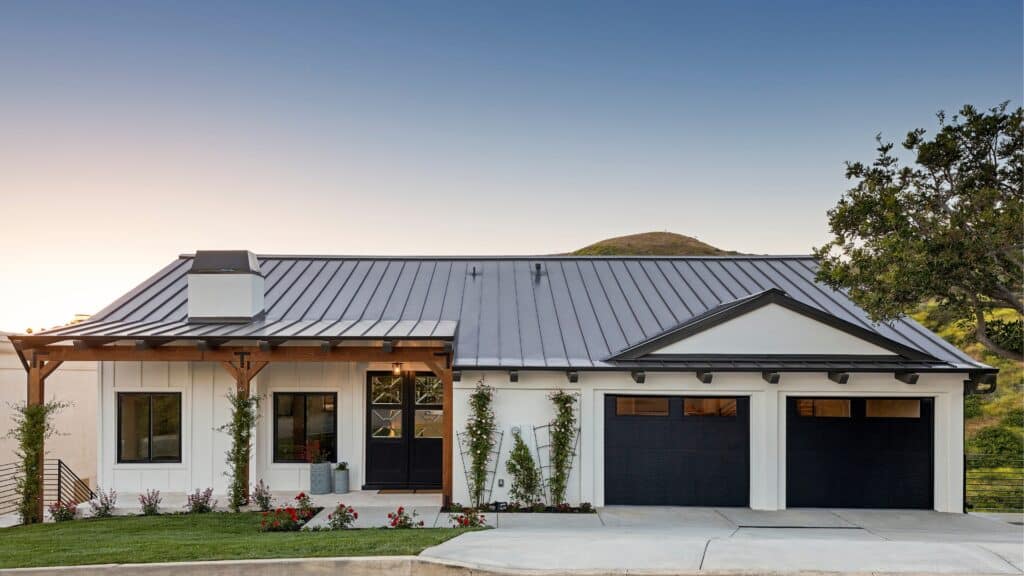
Rate-Term Refinance
See what your rate-term refinance options are.

Cash-Out Refinance
Discover your cash-out refinance options.

Renovation Refinance
Learn about your renovation refinance options.
Do You have a question or need a quote?
Contact UsLow rates, fast closings, and exceptional service.
Benefits and Requirements
Refinancing your mortgage offers a wide range of benefits and opportunities. And it’s essential you understand the basic requirements lenders have. Factors such as the property type, credit score, and equity all play a role in the underwriter’s decision to approve your loan. Knowing the requirements ahead of time will help lead to a more efficient process and put you in a better position to lock in a lower rate.
Below, you’ll find a quick snapshot of the basic requirements every California homeowner should know and the potential long-term benefits of refinancing their current mortgage.
Underwriting Requirements You Should Know
Here are the four basic California refinance requirements an underwriter will look for when they review your loan application.
- Equity in the home (unless it’s a California FHA refinance)
- It must be a residential property with less than four units
- A middle credit score of 580 or higher (some late mortgage payments are allowed)
- A debt-to-income ratio of 50% or less (total of your debts compared to your income.
There are more requirements you must meet before an underwriter will approve your loan application; however, these are the three most important requirements. Additional requirements include a stable source of income and a net tangible benefit to you, the homeowner. For additional details, please see our refinance requirements post.
A Homeowners Long-Term Financial Benefits
A California refinance of your current mortgage can have significant financial benefits. It can present the opportunity to change your current financial path by putting you into a better mortgage that fits your needs. Here is a list of benefits homeowners in California might receive.
- A lower rate to reduce your total interest paid
- Consolidation of high-interest debt into a new mortgage
- Home Improvements that will increase the value of the home
- Locking in a shorter term to reduce the amount of interest you pay
- Getting rid of Private Mortgage Insurance or FHA Mortgage Insurance
- Moving from an adjustable rate to a fixed rate to secure a more stable payment plan
Locking in a lower mortgage rate is one of the main reasons a homeowner in California would want to consider changing their current terms. If this is your only goal, then you’ll want to lower your interest rate by a 0.50% or more (if there are no other benefits).
You’ll also want to evaluate the cost involved as that might impact your decision and require rates to move even lower before you decide to change your loan.
Second to getting a lower rate is paying off high-interest debt and home improvement projects. California homeowners should know that interest rates for a new mortgage are generally much lower than unsecured high-interest credit card debt; sometimes, the savings are thousands of dollars per year.
As for home improvement projects, who wouldn’t want a new kitchen or bathroom? Using a cash-out refinancing loan to remodel your home is a great way to add value to your house.
Locking in a shorter term, getting rid of Private Mortgage Insurance or Mortgage Insurance is a common reason homeowners in California evaluate their options to change their loan.
Moving from an adjustable to a fixed rate provides security and certainty that your rate and payment will never change.
“Will I work with one person the entire time?”
Yes you will.
Refinance loan programs For California Homeowners
There are many California refinance programs, the most popular of which are conventional home loans, FHA home loans, and VA home loans.
conventional home loan program
There are many different types of conventional home loan refinance programs. The conforming home loan products from Fannie Mae and Freddie Mac are the most popular. Other conventional refinance programs include the jumbo home loan, bank statement mortgage, and portfolio loan programs.
Conforming Home Loans
What is a conforming home loan? A conforming home loan “conforms” to Fannie Mae and Freddie Mac underwriting guidelines and loan amount limits.
A conforming loan is a conventional loan; however, as mentioned above, not all conventional loans are conforming loans. In the mortgage industry, a conventional loan is any mortgage loan not in the government-backed mortgage loan category (examples of government-backed home loans are FHA, VA, or USDA mortgages).
A non-conforming conventional loan does not have to conform to the underwriting standards and loan amounts of Fannie Mae and Freddie Mac. The most popular non-conforming conventional home loan is a jumbo mortgage loan.
Important underwriting guidelines for refinancing into a conforming home loan;
- 620 or higher credit score
- 3.00% equity in the home
- A debt-to-income ratio of 45% or below
Conforming loans are great and offer a super easy refinance process. While credit score requirements allow for a 620 or higher credit score, it’s usually not a great option if you have less-than-perfect credit if you don’t have 40% or more equity in your home.
If you have a 700 credit score or higher, you are probably a good fit for a conforming loan.
Jumbo Home Loans For High Loan Amounts
Do you have a loan amount above your county’s conforming loan limit? Then, a jumbo home loan is your best option. The program allows for loan amounts of more than double the maximum conforming loan amount, and rates are sometimes comparable to those found in conforming loan programs.
Here are the five important underwriting guidelines for a jumbo refinance;
- 10% or more equity in the home
- Debt-to-income ratio 42% or lower
- Liquid asset reserves (two – six months)
- A net-tangible benefit to the homeowner
- 700 or higher credit (ideally, you want a 720)
There are exceptions to these requirements, and I suggest you talk with your loan officer before you apply if you need one.
Bank Statement Program For Hard To Document Income
The bank statement program is for California homeowners with hard-to-document income. For example, did you start a business within the last few years but don’t have two years of tax returns to show enough income to get approved for a conforming or jumbo loan? If so, the bank statement program is for you.
Maybe you work two or more season jobs based on 1099 contracts; if that’s the case, you’ll want to consider the bank statement program.
Here are the key underwriting guidelines for the bank statement program;
- 720 or higher credit score
- Liquid cash reserves (two to six months)
- You’ll need twelve to twenty-four months of bank statements
- 20% equity in the home, cash-out option is available to most homeowners
There does need to be a clear net tangible benefit, and depending on the current market, there are some exceptions to the above requirements.
Portfolio Mortgages For Those Hard-To-Fit Loans
A portfolio mortgage is a type of home loan with special requirements that go outside the industry norm for underwriting conventional loans. If your loan scenario does not fit one of the other conventional loan programs, ask your loan officer if they offer any other portfolio options that might meet your needs.
FHA home loan refinance program
If you are looking into a California refinance program with a credit score below 700 and/or little equity, you should consider the FHA loan program.
Our FHA home loan article covers all the ins and outs of the FHA home loan refinance program, and we encourage you to take the time to discover if an FHA home loan is right for you. You can use the FHA home loan program to refinance a current home loan, even if the current home loan is not an FHA home loan.
Key underwriting guidelines for an FHA refinance include;
- Primary residence only
- 580 or higher credit score
- You can owe more than your home is worth
- Liquid cash reserves (two to six months) might be needed if you have a low credit score
- FHA loans require a clear-cut net-tangible benefit, and the underwriter must document that
FHA home loans can only be used for one to four-unit properties, and rental properties are not allowed. However, if you own a multi-unit property, live in one unit, and rent out the other unit(s), you are still eligible for the FHA home loan refinance program.
If you currently have an FHA loan, then you’ll want to consider the FHA Streamline Refinance program. It’s one of the best refinance programs in California: no income documentation, no appraisal, and a super fast closing. And you can owe more than the home is worth. Ask your loan officer for additional details on getting qualified.
VA home loan refinance program
If you are a veteran and are considering a California refinance, you should look at the various California VA refinance programs.
Key underwriting guidelines for a VA loan refinance program include;
- Primary residence only
- Positive residual income
- 580 or higher credit score
- Your loan amount must be below your home’s value
A California VA refinance offers a homeowner the option to refinance their current mortgage even if they have a low credit score and/or a high loan-to-value ratio. If you qualify, the VA home loan streamline refinance program is a super easy and quick way to lower your home loan interest rate without much effort.
2024 California Conforming Loan Limits
Check your maximum conforming loan amount.

Less than perfect credit refinance
Sometimes, people fall on hard times, and their credit history and credit score suffer. We offer a wide variety of less-than-perfect credit California refinance programs.
Facts for homeowners with less-than-perfect credit
- If you live in California and have a credit score above 600, we have several refinance programs that might put you on a better financial path.
- Unlike other mortgage companies, we do not charge excessive points/origination fees.
- Our refinance home loan programs never have any junk fees.
- We can also discuss a long-term plan to ensure this is not just a short-term solution. When you complete a California refinance, it’s essential to make a long-term financial plan to access other refinance programs with better home loan rates in the future.
- You may be able to add your high-interest credit card debt to your mortgage, potentially saving you hundreds or even thousands of dollars per month.
As you can see, having less-than-perfect credit does not mean you’re stuck with what you have when refinancing your mortgage. You have options, and if you’d like to see what those are, fill out the contact form below or call 1-800-550-5538. We’re a top-rated California mortgage broker that can help those with less-than-perfect credit refinance their current mortgage.
Do You have a question or need a quote?
Contact UsLow rates, fast closings, and exceptional service.
When not to refinance
I covered the benefits of doing a California refinance; now I’ll touch on when it’s not a good idea to refinance your current mortgage.
- You’re moving soon
- You’re in the middle of remodeling your home
- You’re close to paying off your current mortgage
- The costs associated with the refinance are too high
If you know you are moving in the next six months, are in the middle of remodeling, are about to pay off your mortgage, or the costs associated with refinancing are too high, you might not want to refinance your current mortgage.
When you refinance, you might need to have an appraiser come out and inspect the property. If you are remodeling your home, the appraiser must let the lender know. Once a lender knows you are in the middle of a refinance, they will pause the process and ask you to complete the remodel before the application can move forward.
A break-even analysis is needed to determine if the costs are too high.
What is a break-even analysis?
It’s a simple way to see if the cost associated with your new home loan will be recouped in an acceptable period of time.
For example, if your current monthly payment is $1,500.00, the expected monthly payment on your new home loan is $1,200.00, and you have $3,875 in total fees, how long will it take to recoup the costs (aka break-even) associated with the new refinance home loan?
Here is the simple equation to get the answer: $3,875 (cost) / $300 (savings per month) = 12.91. So, it will take thirteen months to recoup the cost, and from month fourteen on, you will realize the actual savings associated with the transaction.
The bottom line on California refinances
The most important three questions a homeowner can answer when considering a California refinance are these;
- What is my current rate/term?
- What am I looking to accomplish with a refinance?
- How long will it take to recoup the closing costs with a break-even analysis?
If you want to refinance, it’s important to answer the above questions honestly. If you are not taking cash out, consolidating debt, and not trying to lower your term from a 30-year fixed rate to a 15-year fixed rate, you generally want to see a 0.50% or more decrease in your home loan interest rate.

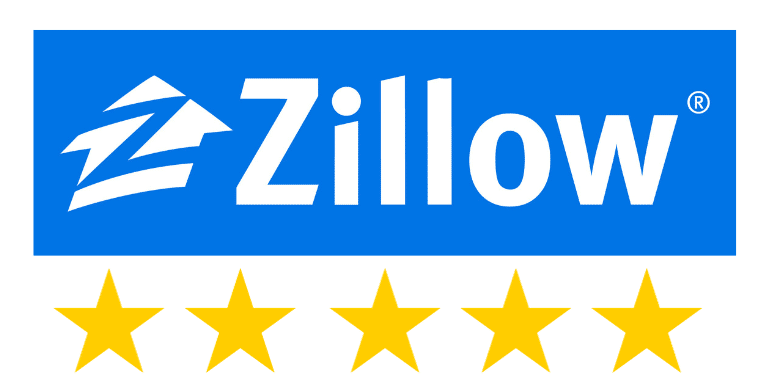
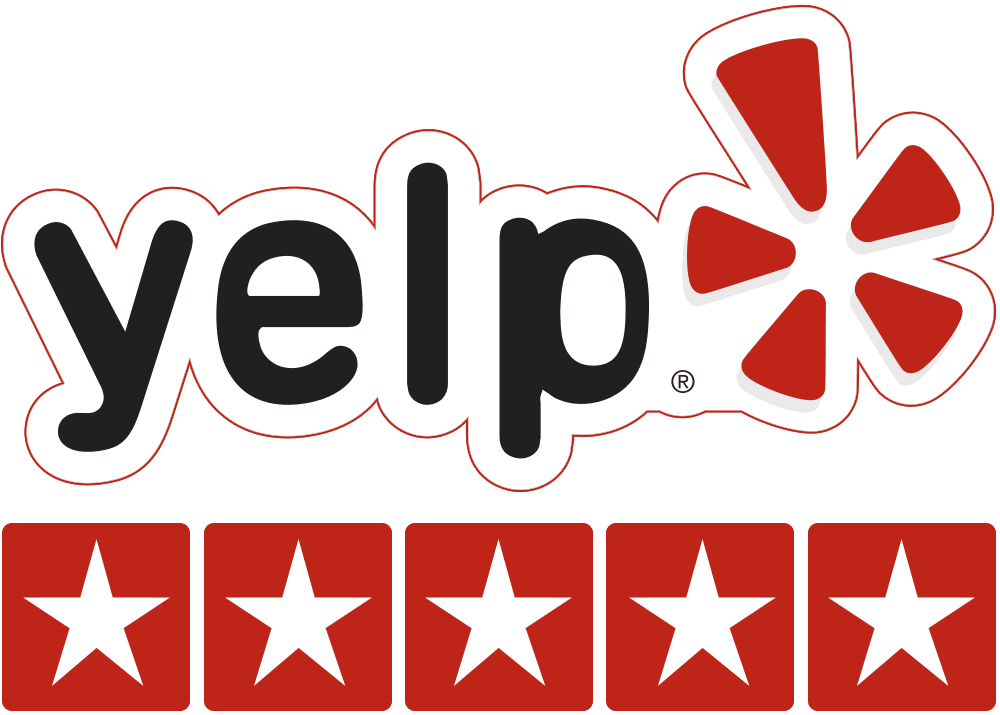
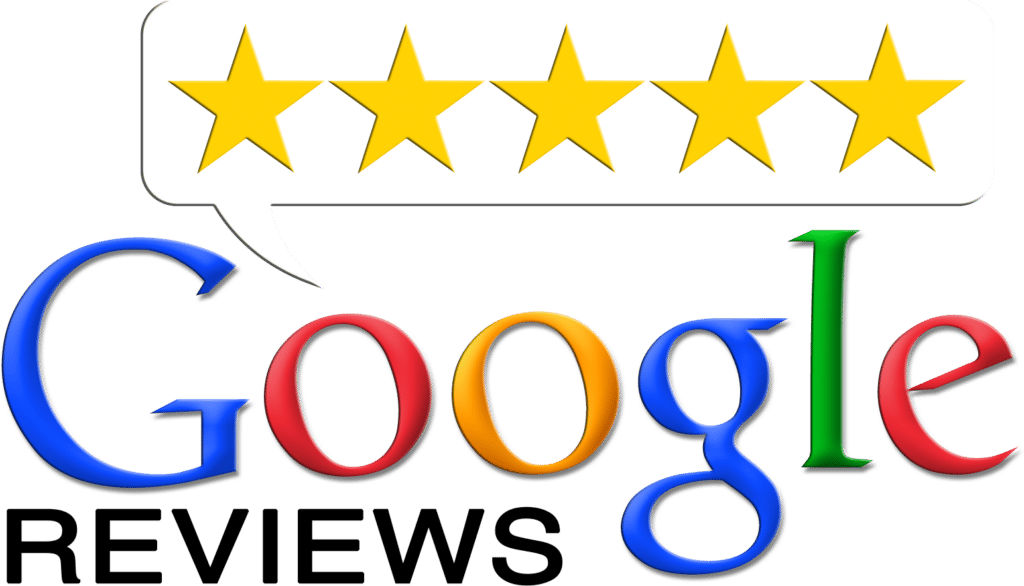
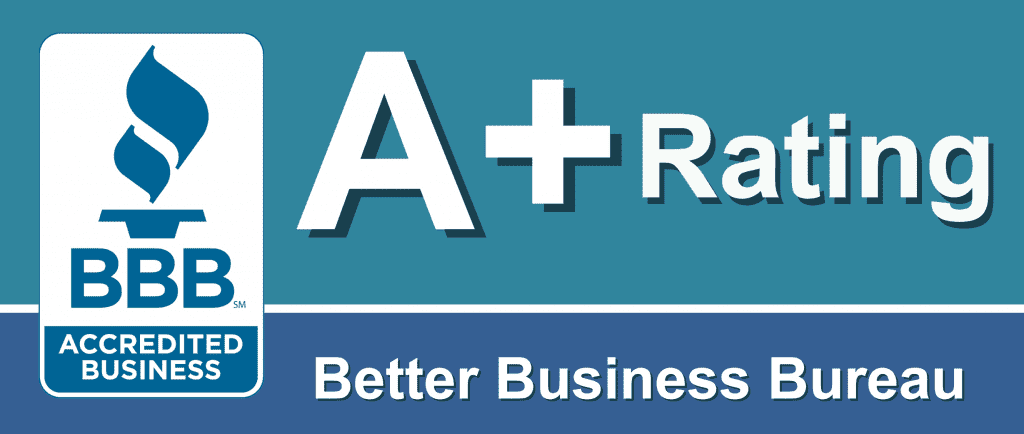






Comments are closed.